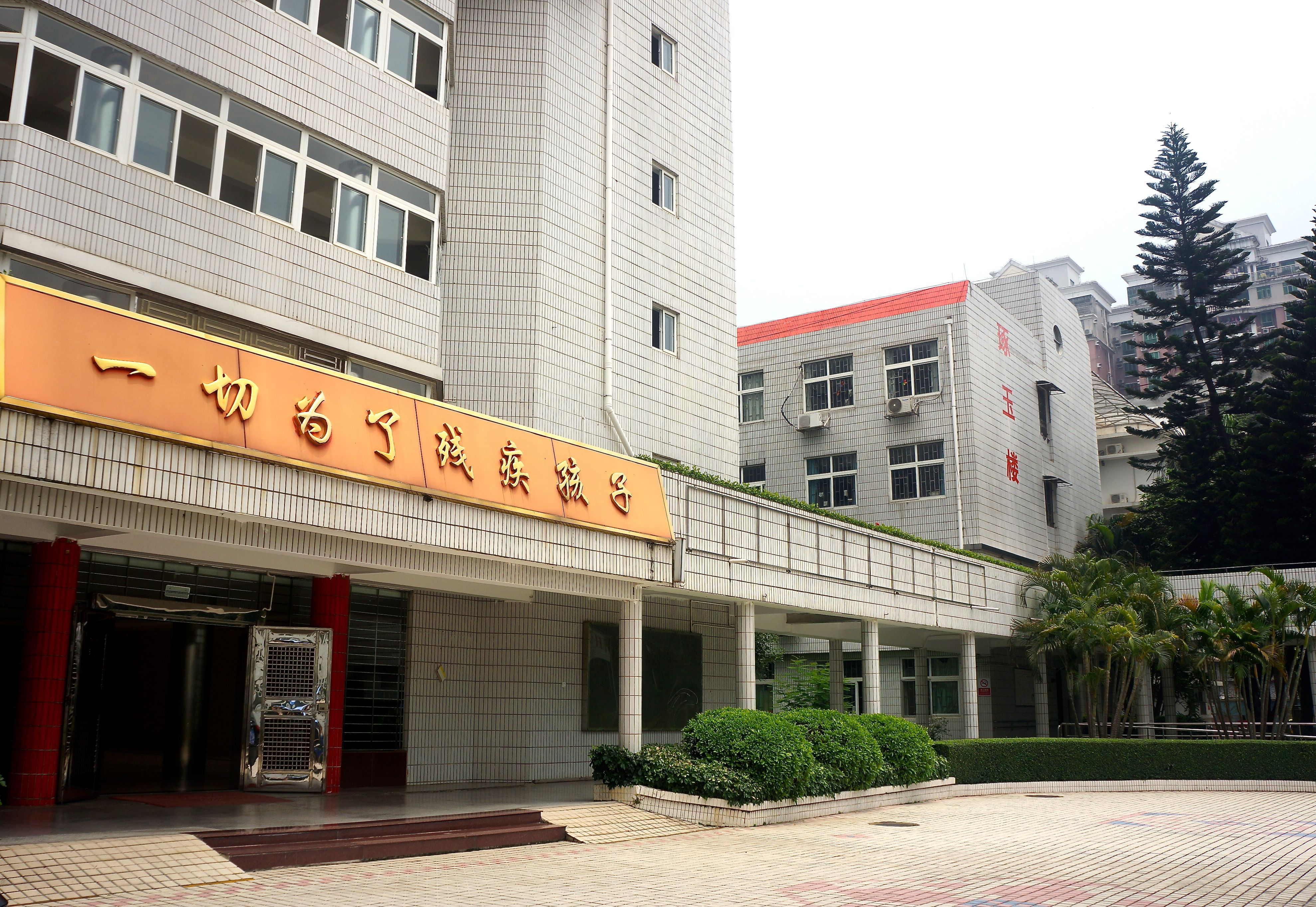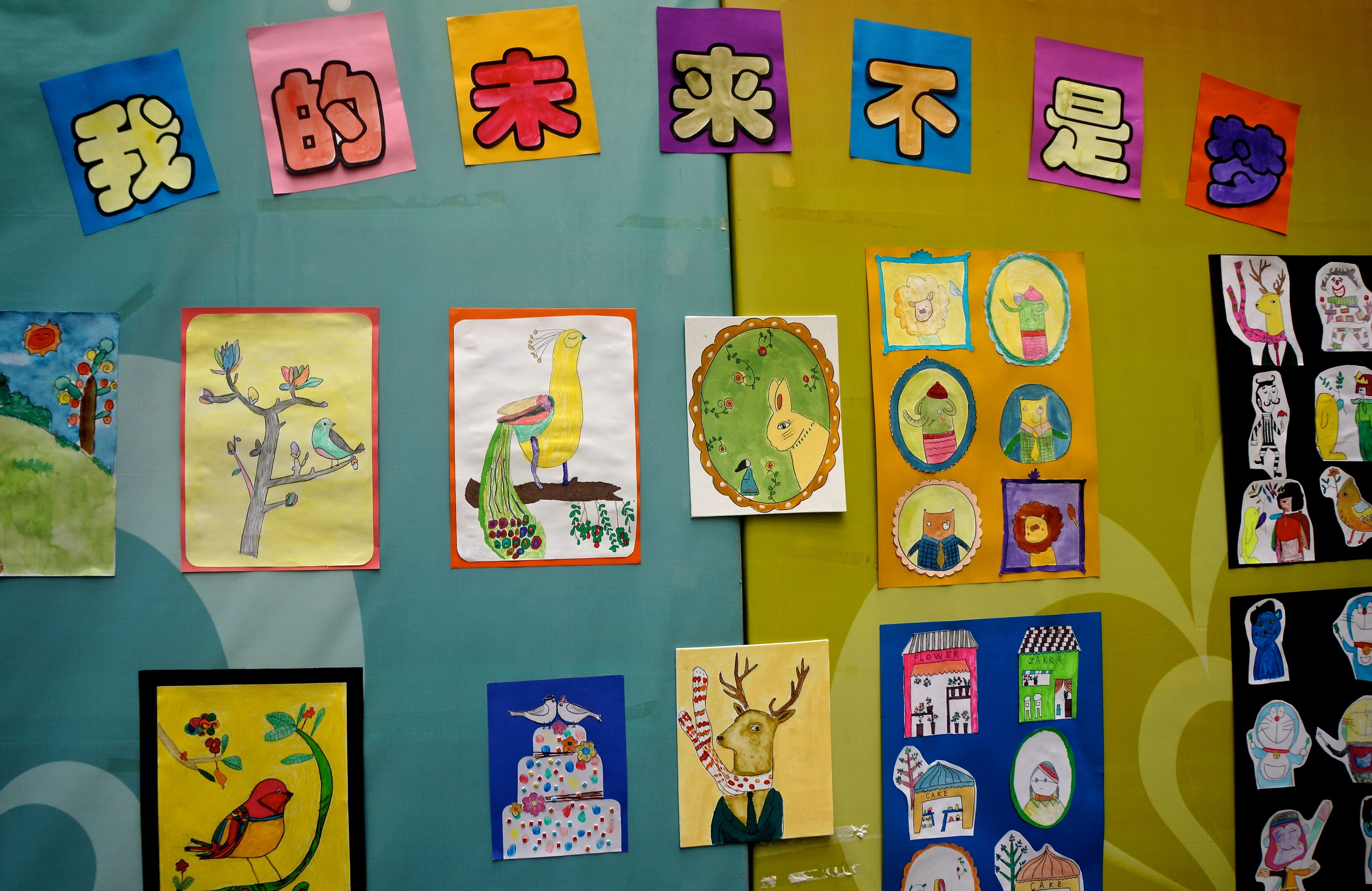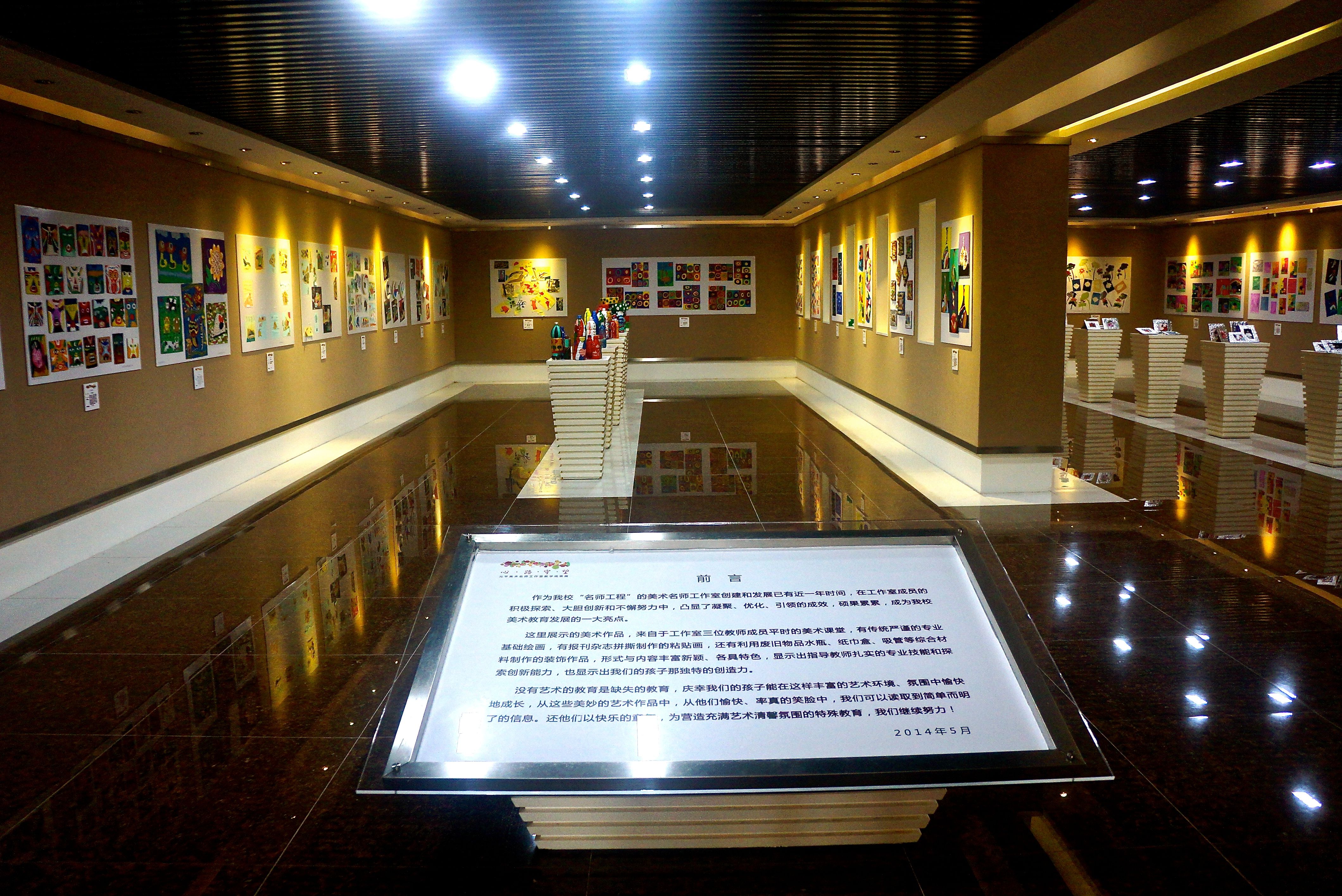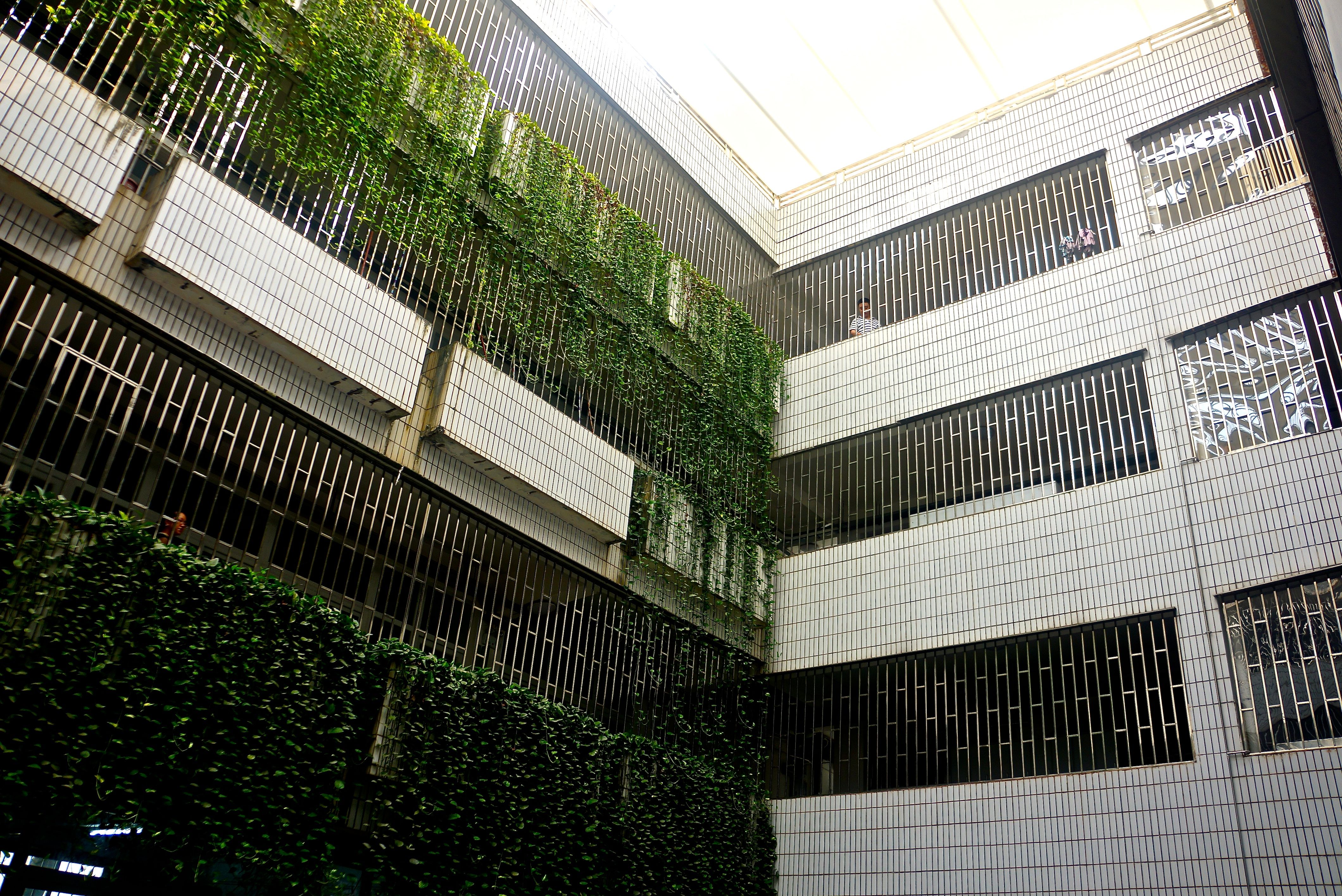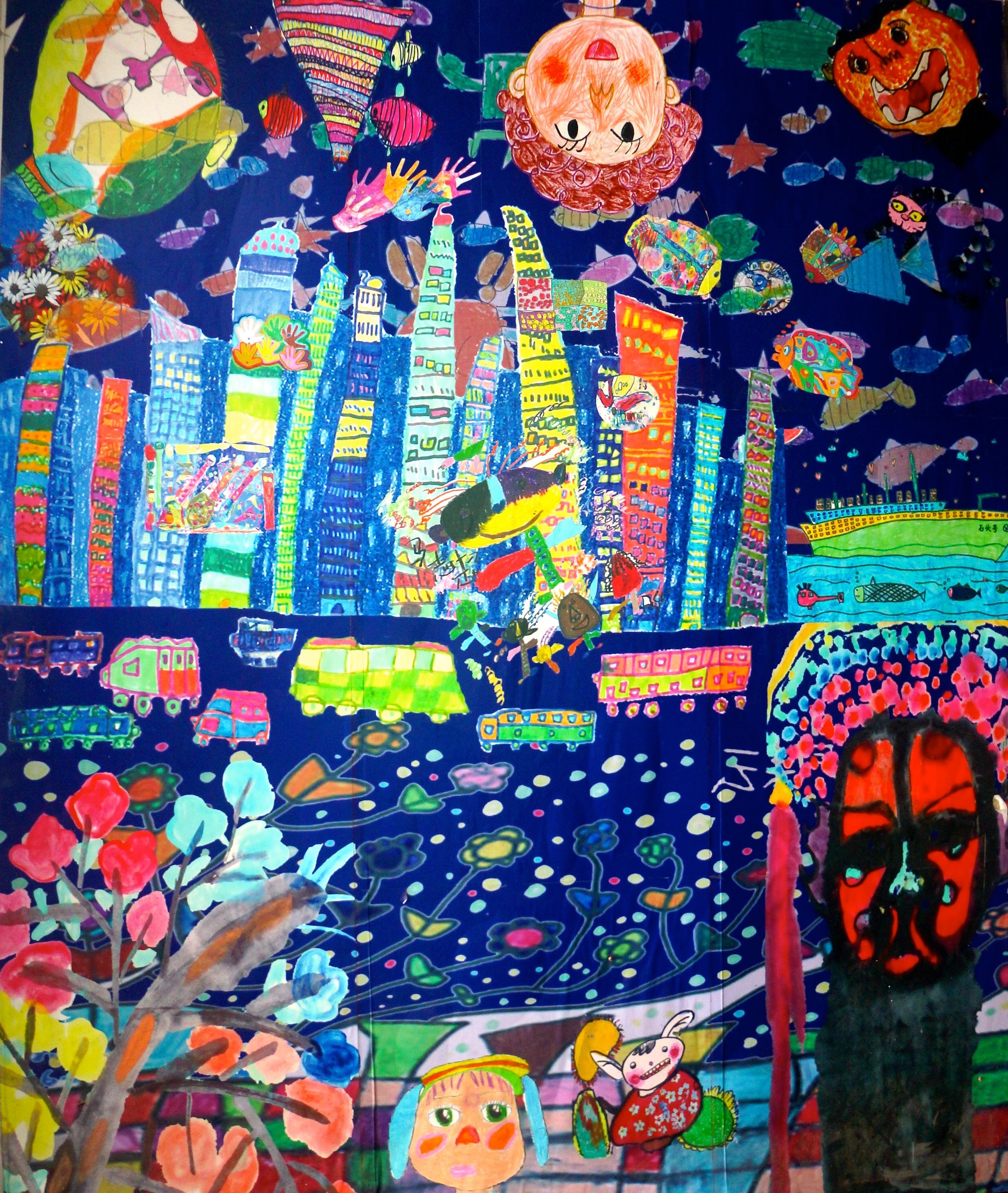The metal-gated campus of Shen Zhen Yuan Ping Special Education School (SZYS) in Shenzhen harbors a sprawl of whitewashed buildings topped with red roofs, as murals of student artwork line the driveway leading from the police-guarded gates towards the main school. A stone-carved plaque greets every visitor on campus with the school’s motto: "Everything for disabled children."
Founded in 1991, SZYS is the largest special education school in China, with over 980 students and 350 teachers. Covering over 72,000 square meters, the school educates students from elementary to high school, and over 600 students board here as well. This comprehensive special education school accepts students with varied disabilities. Guo Jun Feng, dean of curriculum, notes that the school adapts its curriculum to students with five types of disability: deafness, blindness, mental disability, autism, and cerebral palsy. The school operates on a policy of zero rejection, “but we’re way over our limit,” says Mr. Guo.
SZYS represents the strides the Chinese government is taking towards expanding special education—primarily through building new schools in big cities. Yet it also demonstrates the void that remains in most suburban and rural parts of the country. “It’s not good that in this entire city this is the only special education school,” says Guo. He speaks admiringly of provisions for American students with disabilities. “I’ve heard that every student with a wheelchair gets a helper to help them throughout the school day. It’s impossible here for that to happen though. There simply aren’t enough people.”
Despite the difficulties, Guo has an ambitious vision for the students. “Our goal is that every graduate gets a job.” He mentions that all 33 of this year's graduates are employed.
